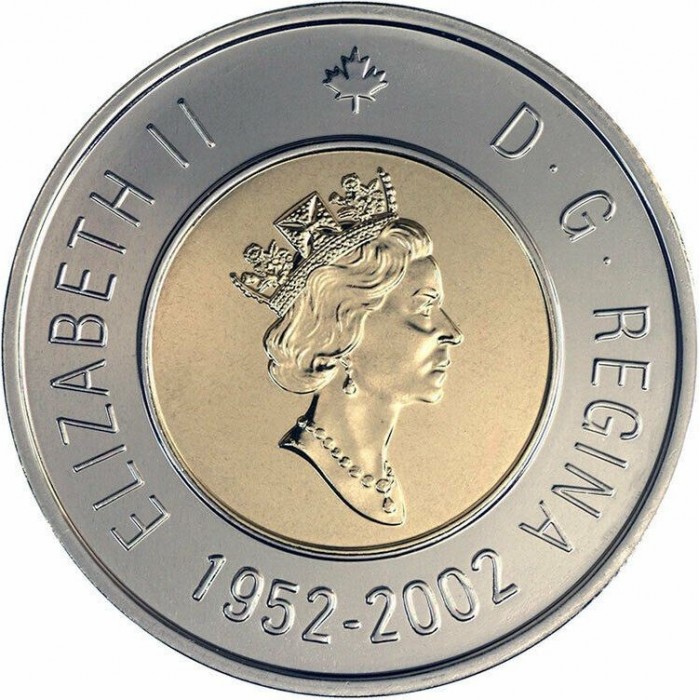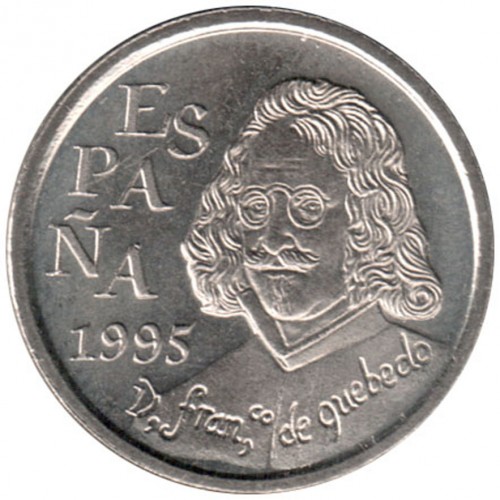USA ½ dollar 100th Anniversary-State of Wisconsin 1936
USA, Philadelphia


Rarity
Rare
Attributes of Coins
| Melt Value | $18.76 11.25g Silver |
|---|---|
| Region | USA |
| Denomination | ½ dollar |
| Krause number | KM# 188 |
| Mintage | 25,015 |
| Metal | Silver 0.900 |
| thickness | 2 mm |
| diameter | 30.6 mm |
| weight | 12.5 g |
Obverse:

Anniversary
Creators:
Benjamin Hawkins
1836
1936
4th DAY OF JULY ANNO DOMINI
WISCONSIN TERRITORIAL CENTENNIAL
Reverse:

Symbols
Creators:
Benjamin Hawkins
E PLURIBUS UNUM
HALF DOLLAR
IN GOD WE TRUST
LIBERTY
UNITED STATES OF AMERICA
Introduction of Coins
The 1936 Wisconsin Centennial half dollar was yet another commemorative issue that honored event of no real national significance. In this case, it was the 100th, anniversary of the founding of the Wisconsin territory. It seems the coin was essentially an afterthought, as the centennial celebrations were to be held on July 4thof 1936, and the legislation authorizing the mintage of no less than 25,000 coins was not passed until May 15th of that year. After some troubles with their first selection, the Wisconsin Centennial Commission’s Coinage Committee selected New York sculptor Benjamin Hawkins to design the coin. His obverse of the Wisconsin half dollar depicts a badger in profile, facing left and perched upon a log. Behind it, arranged vertically, are three arrows, symbolizing the three engagements of the Blackhawk Wars, and an olive branch, denoting the peace which followed. The statutory motto IN GOD WE TRUST is crowded into the space between these symbols. E PLURIBUS UNUM and LIBERTY are arranged in arc form above and below, respectively. UNITED STATES OF AMERICA and HALF DOLLAR are inscribed around the periphery. The reverse depicts the old territorial seal, with a disembodied arm holding a pickaxe suspended above a pile of lead ore (which was important for making bullets during the War of 1812.) The inscription 4th DAY OF JULY ANNO DOMINI 1836 is arranged in three lines (the Latin part seemingly unnecessary). Encircling the periphery are the legend WISCONSIN TERRITORIAL CENTENNIAL and the date 1936, these separated by stars. While the legislation authorized the minimum mintage of 25,000 coins, no maximum was noted. However, the Centennial Commission took the conservative route, and minted the minimum required. This ended up being the right move, as even ten years after the centennial celebrations, coins were still available by mail. It wasn’t until the 1950’s that the supplies of the coin were finally exhausted.Read More













